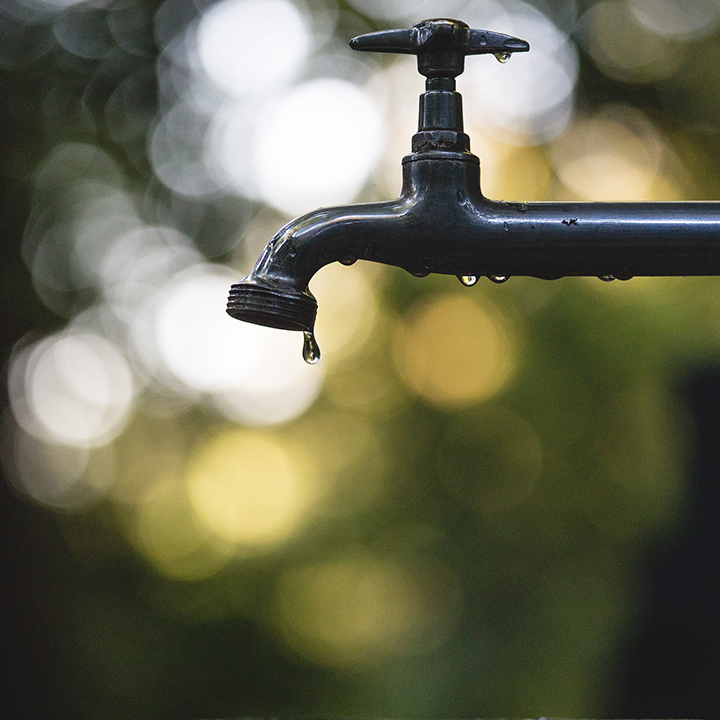It’s disheartening to see our lovingly tended food plants die because of heat and lack of water. However, we can prevent this by following a few simple techniques and methods.
By Jane Griffiths
Here’s how to take care of food plants during water restrictions
Mulch
Mulching (adding leaves, compost or other organic matter to the surface of the soil) reduces weeds and the spread of disease; strengthens roots; improves the quality and fertility of the soil – and, most importantly, retains moisture and regulates temperature. Herewith, a few mulching tips:
- Preferably use organic mulches like compost, straw, leaf mould, fresh grass- and shrub clippings, and autumn leaves.
- Apply when seedlings are about 3 – 5 cm high. Depending on the material, mulch can be anything from 5 – 15 cm thick.
- If using fresh grass clippings, mix them with leaves first, otherwise they will become dense and slimy, preventing water and air from reaching the soil.
- Leave a mulch-free radius of about 3 – 5 cm around stems to prevent rot.
- Always weed and water the beds well before applying.
Waterwise planting
- By practising no-dig gardening and using smaller beds, you can space plants closer together, so when they reach full size, their leaves just touch one another This creates a living umbrella, which shades the soil, keeping it moist.
- Plan ahead by sowing seeds under plants that will shortly be harvested and removed. Their leaves provide protection and help retain moisture for germinating seedlings.
- Group plants with similar watering requirements together.
- On a slope, create terraces along contours to retain water.
Choose drought-tolerant plants
Select plants that not only enjoy the heat but also don’t go to seed (produce flowers and seeds) quickly. Examples of such herbs and veggies are aubergines, chillies, chives, spring onions, sweet potatoes, Swiss chard, tomatoes and Mediterranean herbs like oregano, rosemary, sage and thyme.
Go undercover
A shade cloth roof reduces the effects of the sweltering sun. Keep the sides open for airflow.
Be water savvy
If there is no rain, we need to water:
- Drip irrigation is the most effective way to deliver water directly to the roots, without any wastage or loss from evaporation. Drip irrigation can be connected to a timer to ensure regular watering.
- If plants are drooping during a hot day, don’t worry – they are just closing their stomata (minute openings in their leaves used for respiration) to retain water. If they are still drooping when it has cooled down, it is time to water them.
- Rather water deeply and less often than shallowly and often.
- In hot weather, water plants either early in the morning or after the sun has set, to reduce loss of moisture through evaporation.


